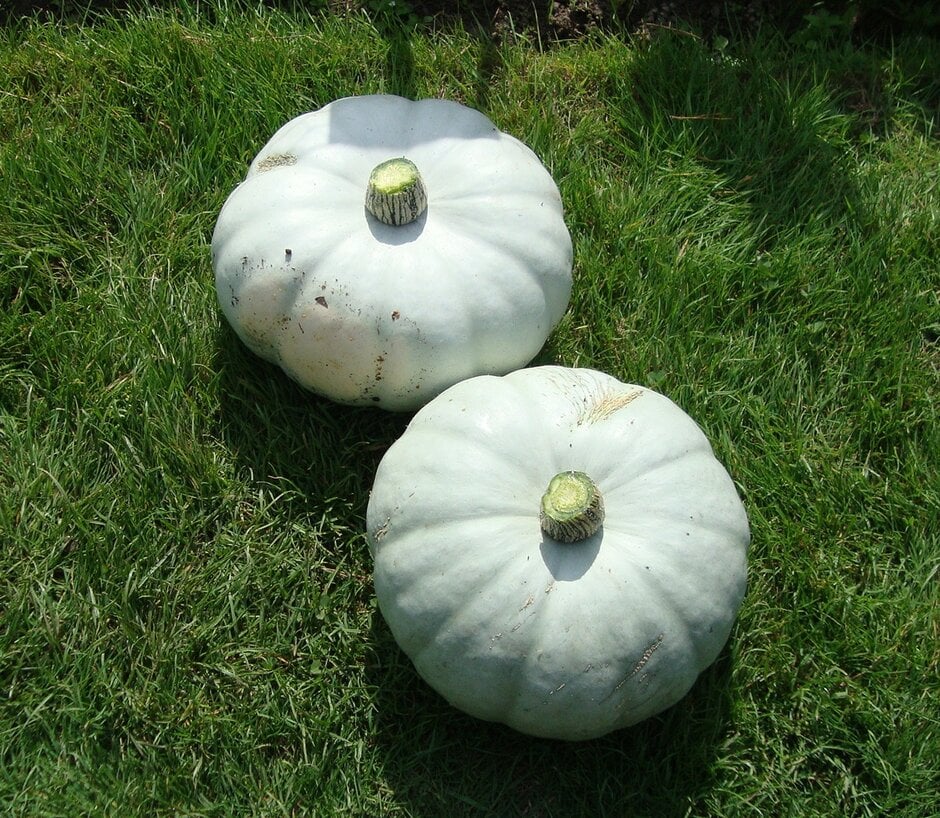Cucurbita maxima 'Crown Prince'
squash 'Crown Prince'
A winter squash producing large, rounded fruits on trailing vines up to 3m in length. Fruits generally weigh 2-4kg, have blue-grey skins and bright orange flesh with a sweet, nutty flavour
Size
Ultimate height
2.5–4 metresTime to ultimate height
1 yearUltimate spread
2.5–4 metresGrowing conditions
Moisture
Moist but well–drained, Well–drainedpH
Acid, NeutralColour & scent
| Stem | Flower | Foliage | Fruit | |
| Spring | ||||
|---|---|---|---|---|
| Summer | Yellow | Green | ||
| Autumn | Blue Grey Silver | |||
| Winter |
Position
- Full sun
Aspect
South–facing or West–facing
Exposure
Sheltered Hardiness
H2Botanical details
- Family
- Cucurbitaceae
- Native to GB / Ireland
- No
- Foliage
- Deciduous
- Habit
- Trailing
- Potentially harmful
- Humans/Pets: If crop is bitter, don't eat or feed to pets. Wear gloves and other protective equipment when handling
- Genus
A small genus of climbing or trailing, annual herbaceous fruits. Several edible species are cultivated for food and other uses. Native to Central and South America. Solitary, star-shaped flowers are usually golden-yellow. Leaves are palmately lobed, covered with tiny, prickly hairs
- Name status
Accepted
How to grow
Cultivation
Grow in rich, fertile, moist but well drained soil in full sun. Start indoors from mid-late April, sowing in individual pots with seeds on their side about 1.5cm deep. Harden off before June then transplant outdoors to final growing position. See cucurbit cultivation for further advice
Propagation
Propagate by seed. See sowing vegetable seeds
Suggested planting locations and garden types
Pruning
No pruning required
Pests
Diseases
May be susceptible to grey moulds and powdery mildews
Get involved
The Royal Horticultural Society is the UK’s leading gardening charity. We aim to enrich everyone’s life through plants, and make the UK a greener and more beautiful place.
